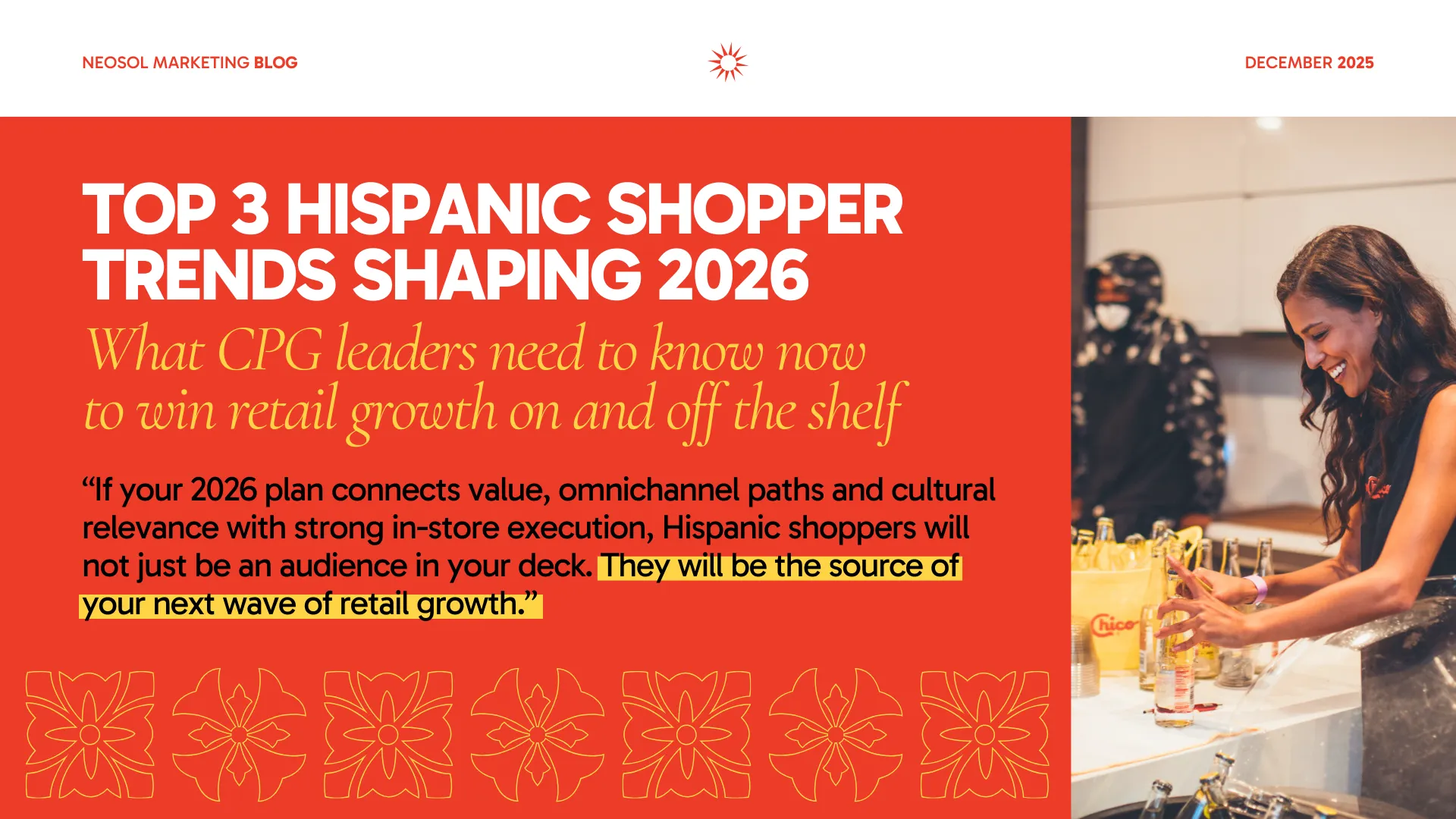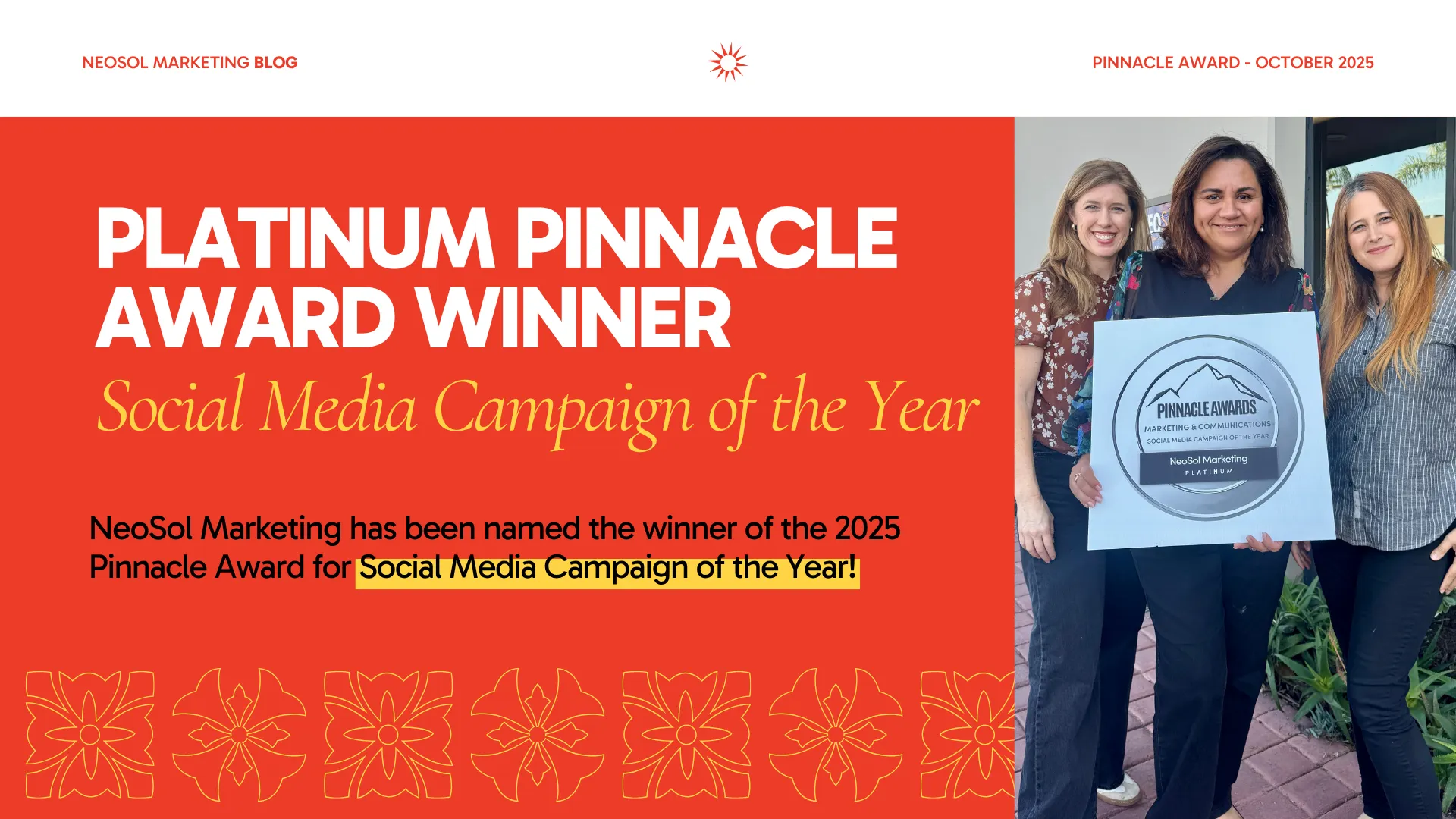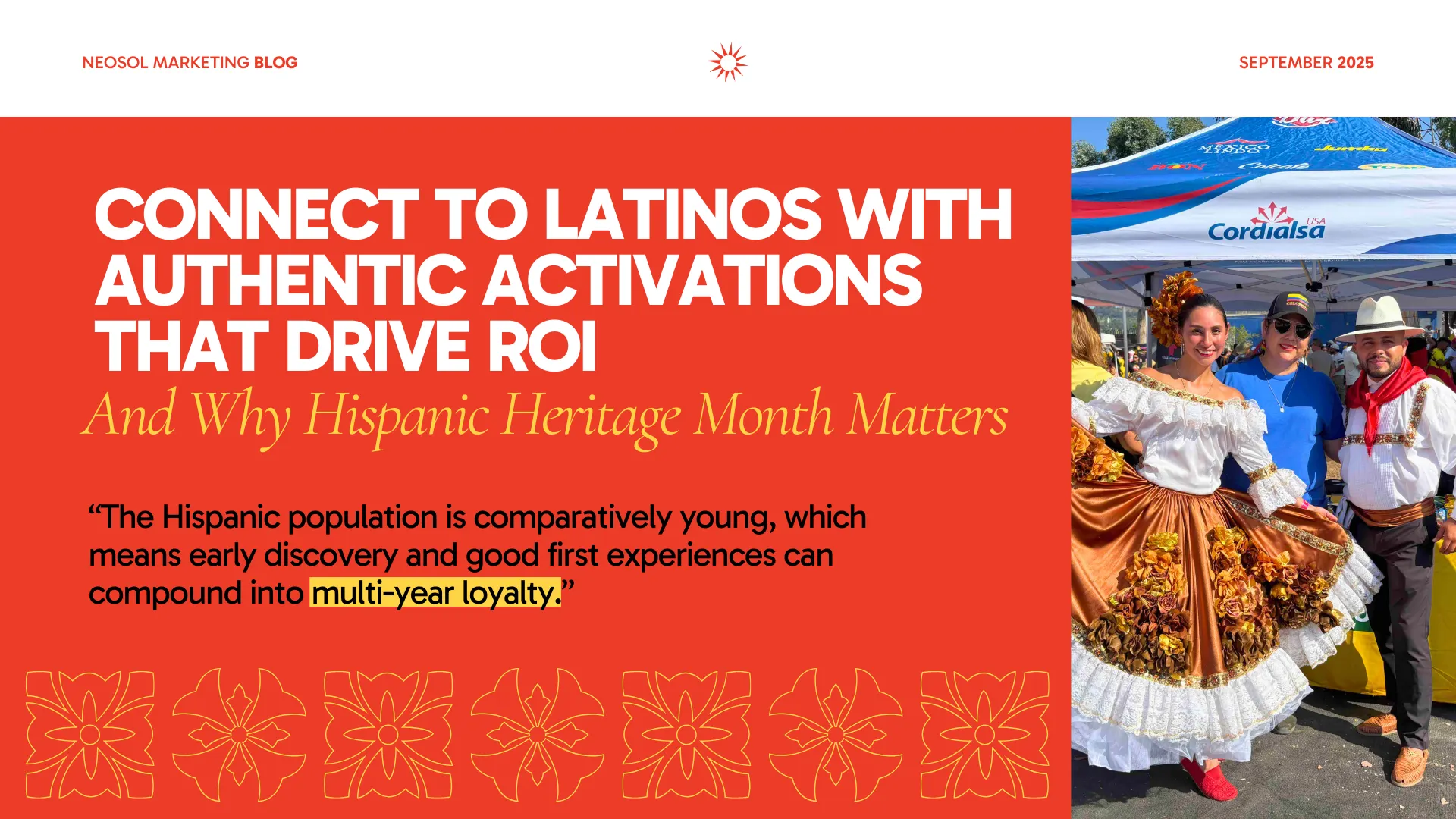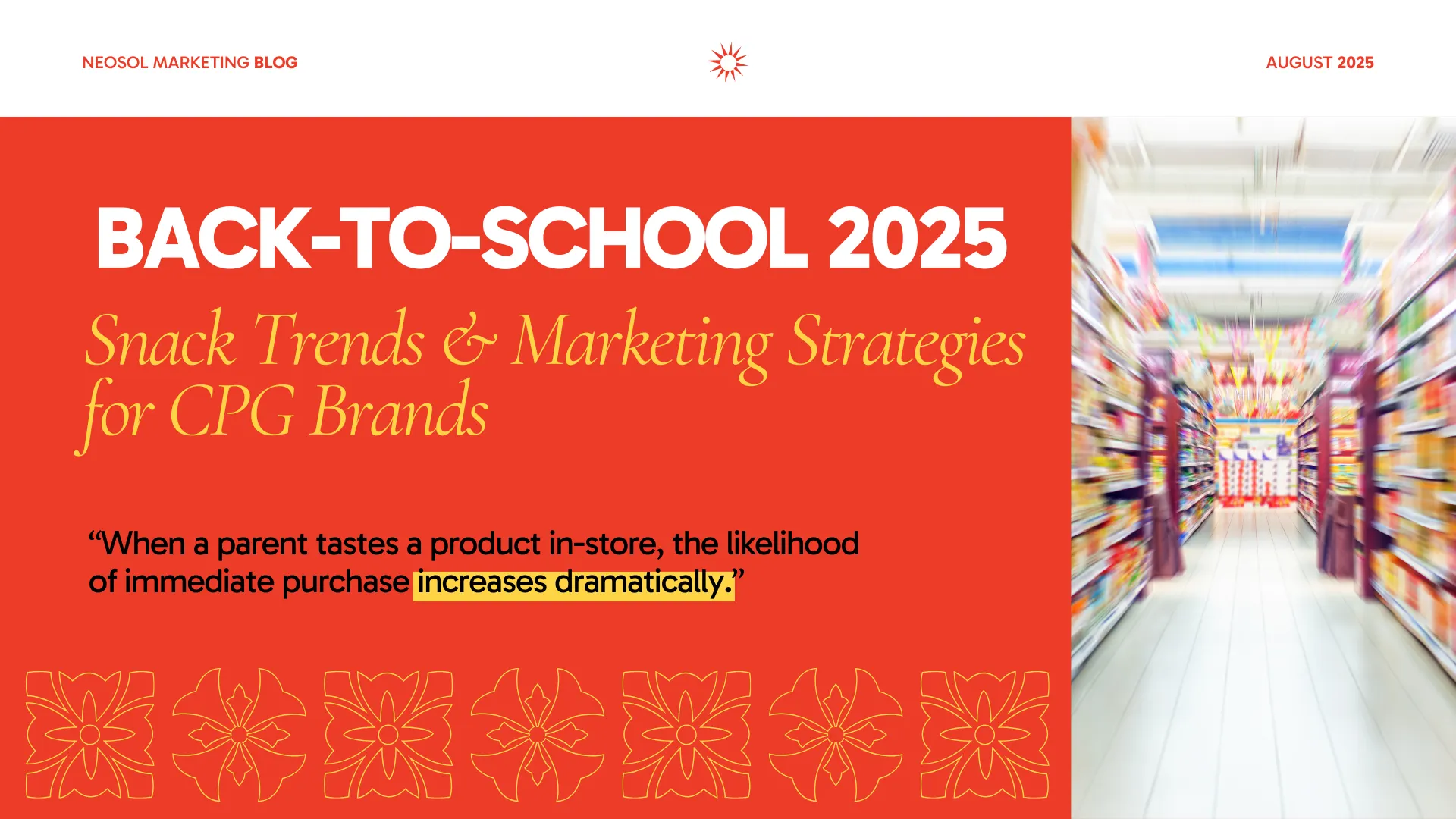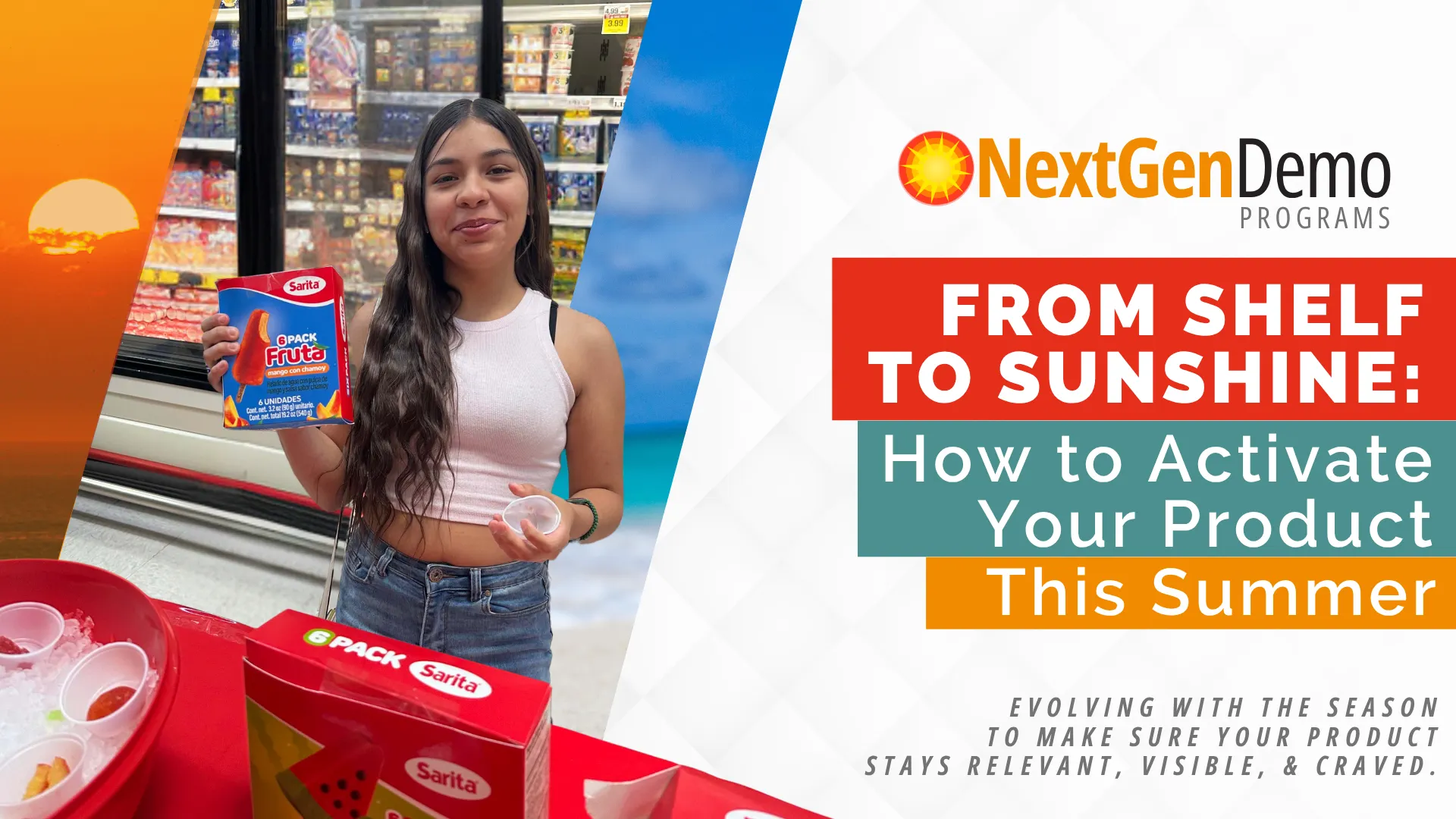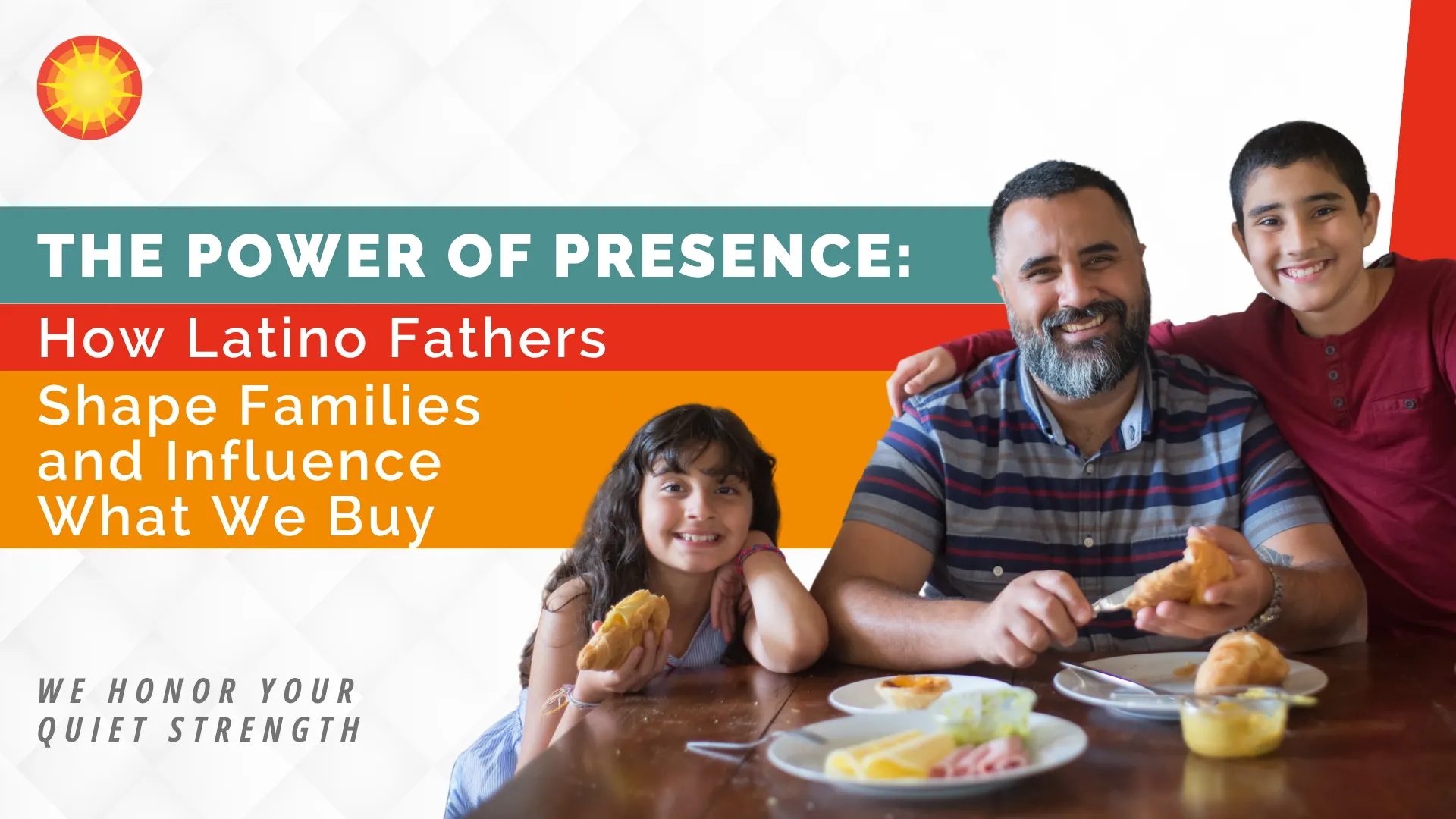Omnichannel Marketing: What is it and How Does it Work?
New life is omnipresent lately. From the growth of colorful gardens in the change of season to Spring right down to the way, we are currently working and living in the time of COVID-19 (you didn’t think we’d mention change without mentioning the Corona Virus, did you?). Although daunting, the new life we are living as a society under quarantine has its advantages for many industries, including marketing. One such advantage is the amplified use of digital tools to reach consumers who are now online more than ever due to mandated stay-at-home orders implemented across the world. One way to truly tap into the virtual world is by using an omnichannel strategy to engage your consumer.
Before we dive into the benefits of omnichannel marketing, some may be asking: well, isn’t that the same as multi-channel marketing? The short answer is no. The long answer: although they are both relevant to the digital space, they are completely different in their approach to the consumer. While multichannel marketing conveys your brand message across different platforms simultaneously, omnichannel marketing interconnects different touch points of the buying process to influence your consumer’s purchasing decision. In other words, multichannel marketing centers on your brand and getting your brand name in front of as many eyes as possible. Omnichannel marketing centers around your consumer and their experience with your brand in relation to their purchasing behavior, from the research done before purchasing to the point of purchase.
For starters, employing an omnichannel strategy will allow you to continue to build a positive image of your brand by creating an easy path-to-purchase experience for your consumer. This happens by being on every channel your consumer is naturally engaging with already, from in-store merchandising racks to online channels like email, blogs, and social networks, so that each interaction is personal and relevant to their current situation enough to inspire your consumer to take one more action closer towards the final sale.
But more importantly, each channel is interconnected so that each interaction builds on the last so that your consumer feels comfortable enough to hit the “checkout” button with your product in it. For example, if your target consumer is an avid Instagram user, then they will most likely be scrolling their Instagram feed where they see a sponsored post from your brand with your featured product that allows them to click through to a landing page to learn more about said product while simultaneously clicking on your website to learn more about your brand before hitting the “checkout” button to final sale. In this case, your consumer has already interacted with your product on three channels including Instagram, your landing page, and your website before purchase. In fact, a study from The Harvard Business Review revealed that 73% of respondents use multiple channels during their shopping journey and those who use numerous channels tend to make purchases more frequently. This is probably because omnichannel customers using 4+ channels spend 9% more in-store than single-channel customers.
Regardless, it is clear to see that utilizing an omnichannel strategy allows your consumers to interact with your brand more frequently, developing a more personal relationship with your brand. This, in turn, creates trust between your brand and your consumer before ultimately driving a purchase. So, don’t be afraid to be omnipresent because, at the end of the day, it shows what truly matters most: your brand cares about your consumer and their overall experience.
